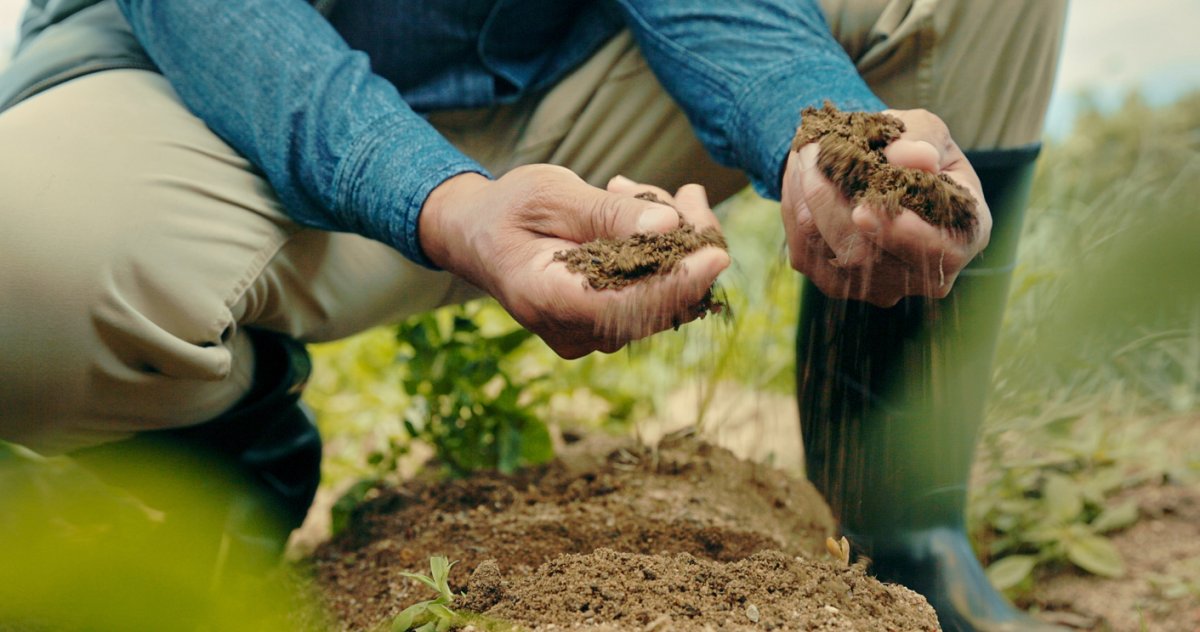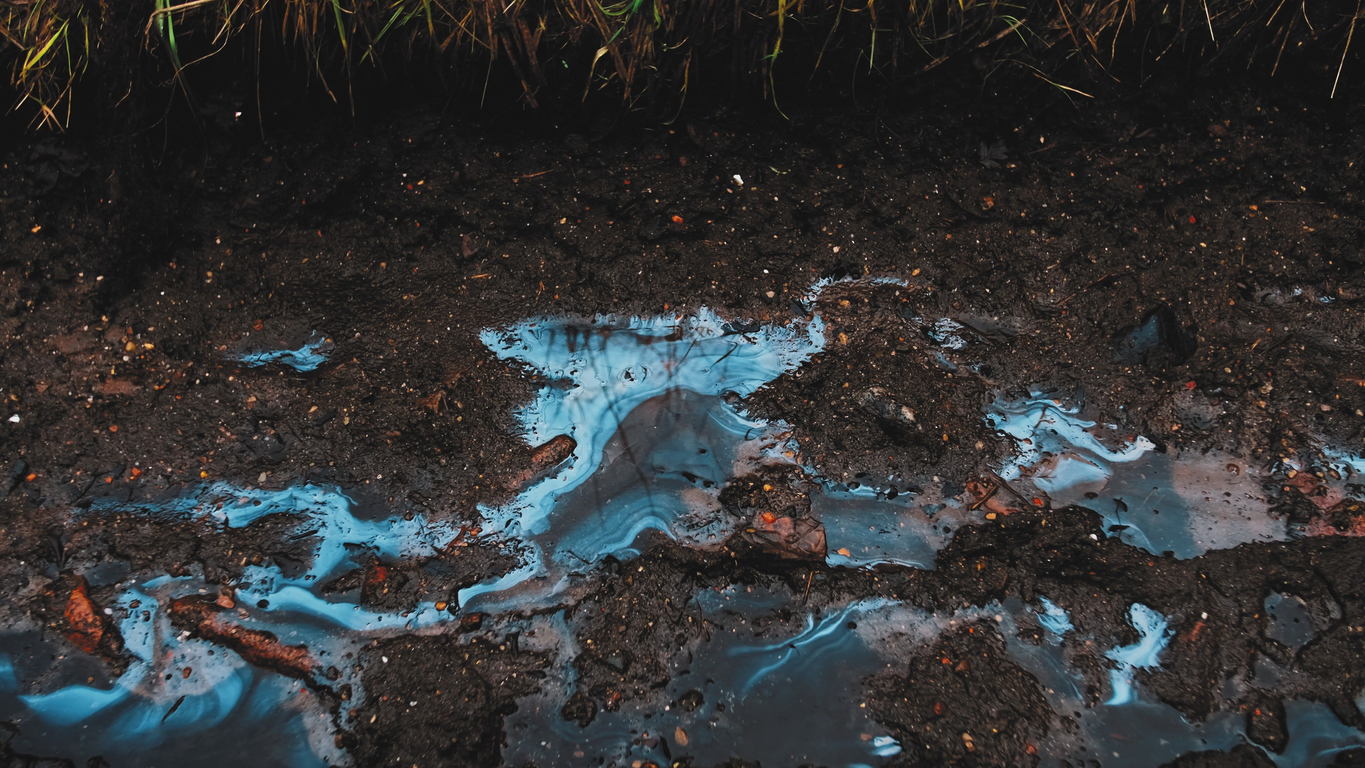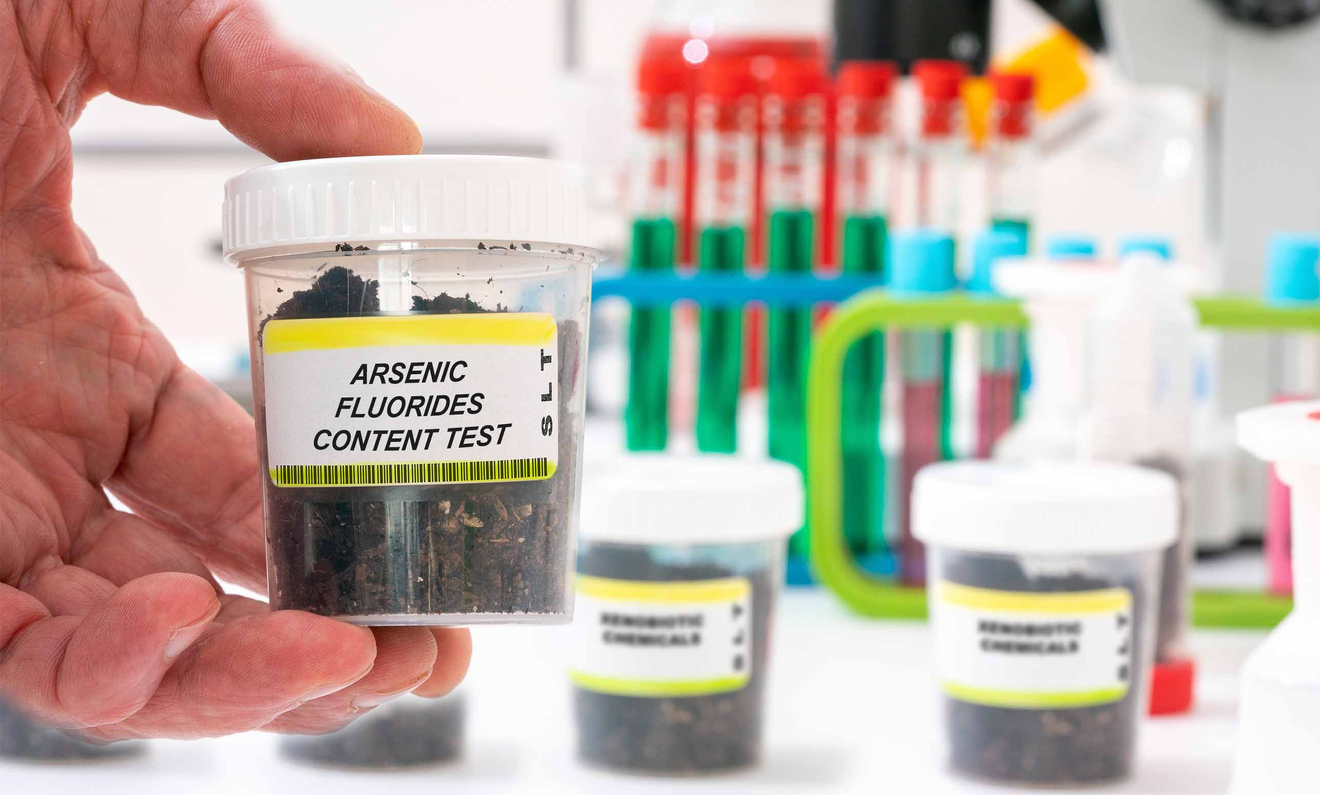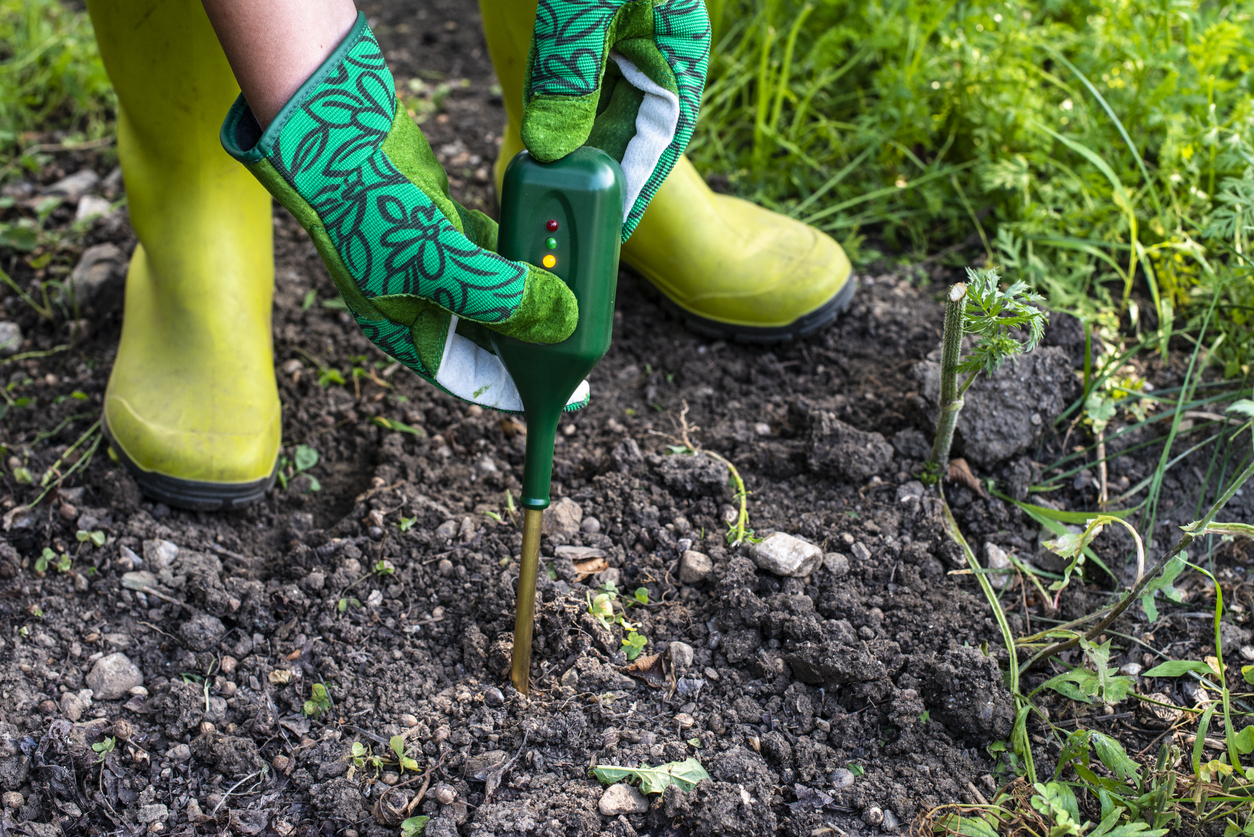

We may earn revenue from the products available on this page and participate in affiliate programs. Learn More ›
Read any gardening book and you’ll be advised to test your soil. Whether you use a simple over-the-counter DIY kit from the local garden store or submit a sample to the county extension service, the test results will improve your understanding of the soil’s chemistry. This information makes an excellent guide for decisions, such as how much organic matter to add and which fertilizers to apply. Although these tests may help you cultivate a gorgeous garden, they don’t always tell the whole story.
Some neighborhoods have a history of industrial use, or they may be downwind or downstream from such sites. In these areas, beautiful landscapes could be covering polluted soils that threaten the health of residents. While toxins lurking in the soil may be scary, the good news is that soil testing can eliminate your concerns or uncover any threats so that you can take necessary action.
RELATED: Know the Types of Soil
Lead Concentrations
Lead is one of the most commonly occurring pollutants in urban soils. Low levels of lead naturally occur in soil, but elevated lead levels in soil are especially dangerous for children and pets. The highest levels of lead contamination are found near busy roadways as a result of emissions from leaded fuel and around older buildings where lead paint was once used. The danger comes from ingesting lead-contaminated soil through incidental contact, not so much from produce that grows in it. To have your soil tested for lead concentration, contact your state’s university agriculture department labs or county extension service.
RELATED: The Best Things You Can Do for Your Garden Soil

Petroleum Products
Leaks, accidents, or spills may lead to petroleum contamination in soil. Even low levels of petroleum contamination adversely affect soil health. Petroleum hydrocarbons cause populations of beneficial soil microbes to plummet, which in turn weakens and kills plants. If you suspect that your soil has been tainted by petroleum products, contact the United States Environmental Protection Agency’s (EPA) National Response Center.
Asbestos
Asbestos, which occurs naturally in mineral form, was once a staple material used in building and household products. It was strong, resisted corrosion, insulated extremely well, and did not burn. Unfortunately, asbestos is highly carcinogenic as well. Nowadays, asbestos pollution is closely linked to old industrial facilities, improper waste disposal procedures, and to some extent, demolition sites. Even at concentrations below 1 percent it can be problematic. Numerous private laboratories test for asbestos concentrations in soil.
RELATED: How to Test Soil pH

Arsenic
A century ago, arsenic was an important ingredient in agricultural insecticides. It has also been used in mining and smelting of metals, and it’s given off by coal, wood, and waste when they burn. Homes built on former orchards or downwind of power plants may sit on land impacted by arsenic buildup. Long-term, low-level exposure to arsenic has been linked to cancers of the bladder, lungs, liver, skin, and kidneys. Contaminated sites can be remediated, and the first step is testing. Reach out to your county extension office for information on soil testing at state laboratories.
Radon
Unlike the human-caused soil pollutants discussed above, radon is an indoor pollutant that is naturally emitted by certain soil types. The odorless radioactive gas comes primarily from granite-based soils, and although it easily disperses outdoors, it becomes carcinogenic when it collects inside homes. Instead of testing the soil where the radon may be present, you’ll need to test the air in your home. A home test kit can detect a buildup of radon, and a basement vent can help eliminate it.
RELATED: 5 Things to Know Before Buying Land to Build a House
Creosote
Creosote is a diverse mixture of synthetic or naturally occurring chemicals known as polycyclic aromatic hydrocarbons, or PAHs. The thick oily substance may form naturally after a wildfire or as a residue on chimney flues, and another form is manufactured from coal tar for use as an industrial wood preservative and pesticide. Creosote pollution happens when the manufactured product is released into the environment from industrial sources. According to the EPA, creosote poses cancer and other health risks in workers who handle it frequently. No test is currently available to check for creosote. If you suspect that your soil might be contaminated by creosote, contact your local health department for guidance.
RELATED: How to Cultivate the Perfect Soil for Your Vegetable Garden

Human Pathogens
Healthy soil is living soil. As such, the more robust the soil is, the greater the diversity of microbes living in it—including some that may cause infections and illnesses in humans. After flooding or a sewer leak, the wrong kinds of bacteria can make their way into the garden. As a rule of thumb, if the soil smells like sewage, assume that it is contaminated. It is possible to test for the presence of organisms like salmonella, E. coli, Listeria, and others in the soil. Find a field test at your local garden center to test for pathogens.
